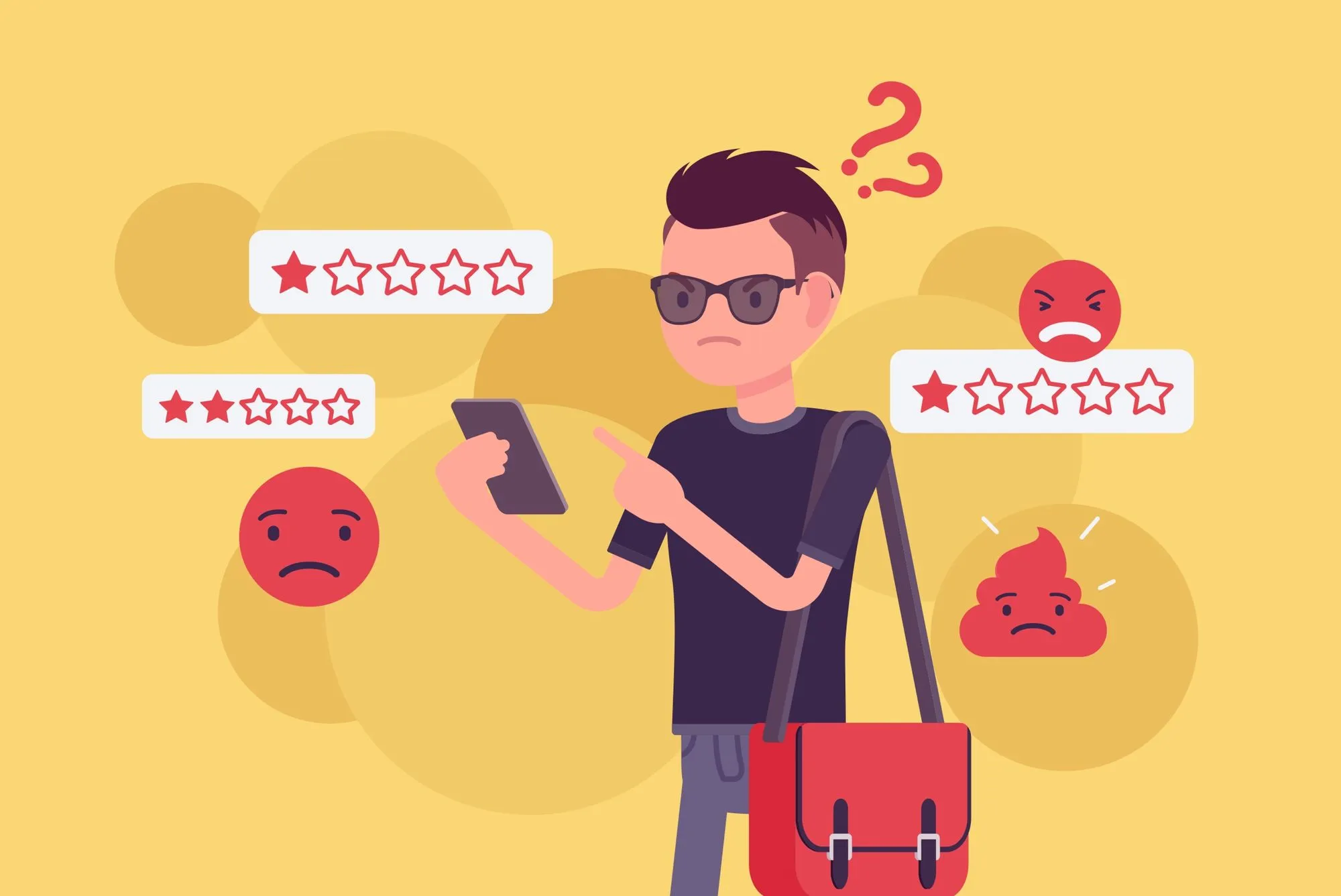

We pick Richard Shapiro’s brain on best practices for customer satisfaction and customer experience. As the founder and president of The Center For Client Retention (TCFCR), he is a great candidate for our guest interview.
The primary goal of customer service is to help people. TCFCR’s research has shown that the ideal customer service or sales associate has a history of helping people. They might have been baby-sitters, coaches, tutors when they were young or perhaps their families cooked for the homeless. In addition to volunteerism, attitude is a major contributing factor. Showing respect to fellow employees and customers can also positively affect customer satisfaction. Any of these three will dramatically impact satisfaction.
Our organization always suggests that every company obtain periodic feedback from their associates on how they think customers can be served better, reduce escalations, and gain their suggestions for what policies should be changed to improve the customer experience and increase loyalty. The frontline associates, whether in a contact center or face-to-face environment, are in the best position to listen to customers, feel their emotions and help companies detail their strategic and operating initiatives.
Loyalty programs only work over the long-term if they are matched with a personal relationship between the brand or company associate and a specific associate. Any competitor can replicate a program; they can’t copy the personal relationship.
Having a consistent, positive relationship is just one of the primary ingredients. The customer experience must be a more of a romance than a series of individual transactions. We recommend that associates achieve repeat business by:
To me, user experience is typically confined in a transactional environment, while customer experience is primarily driven by the overall relationship a customer has with the company/brand.
It depends, if the customer has already been denied compensation for what they consider to be fair, you probably are wasting the company’s time to get the customer back. The lesson: never tell the customer “no”. “No” takes many forms; won’t, can’t, not allowed, not our policy, and taking too long to get back to customers. It cost 7 to 10 times as much to bring in a new customer as it does to keep the customers a company has, so focus on existing before going after new ones.
Richard R. Shapiro is Founder and President of The Center For Client Retention (TCFCR) and a leading authority in the area of customer satisfaction and loyalty. For 30 years, Richard has spearheaded the research conducted with thousands of customers from Fortune 100 and 500 companies compiling the ingredients of customer loyalty and what drives repeat business. His first book was The Welcomer Edge: Unlocking the Secrets to Repeat Business and The Endangered Customer: 8 Steps to Guarantee Repeat Business, was released in February 2016.
Join the newsletter to receive the latest updates in your inbox.